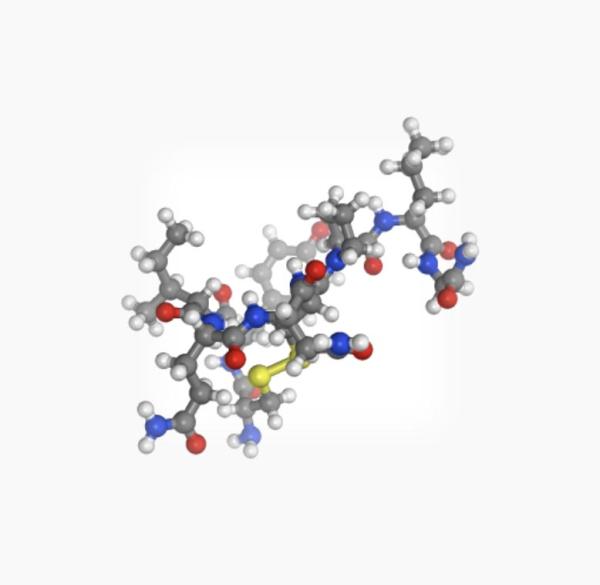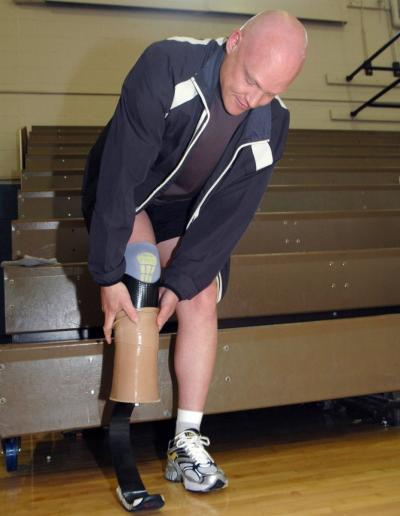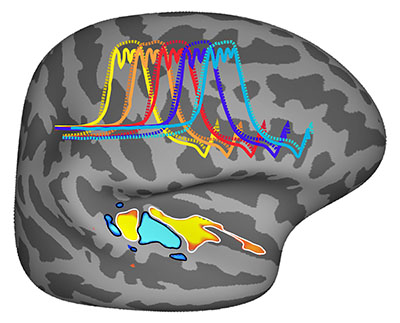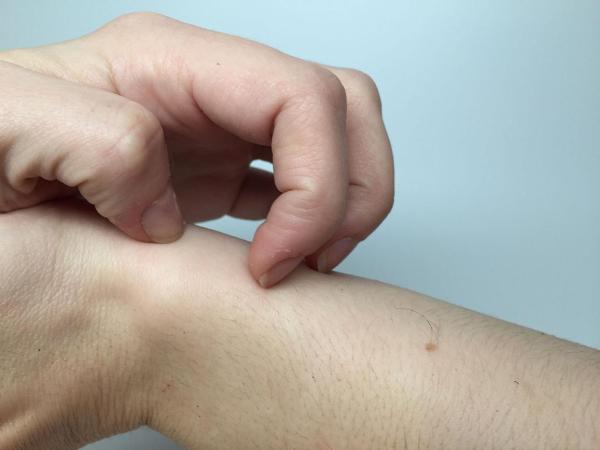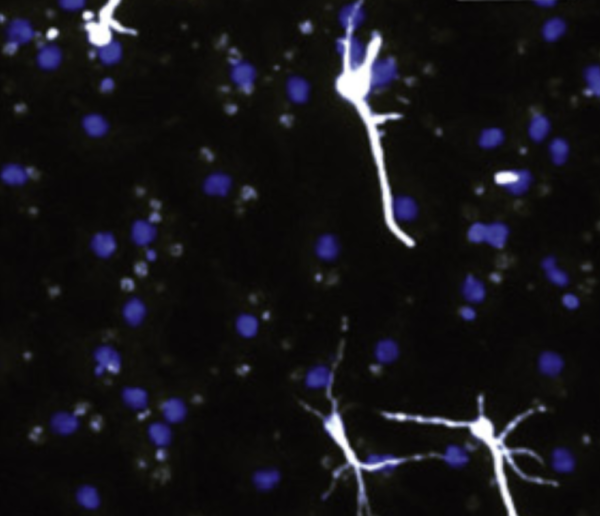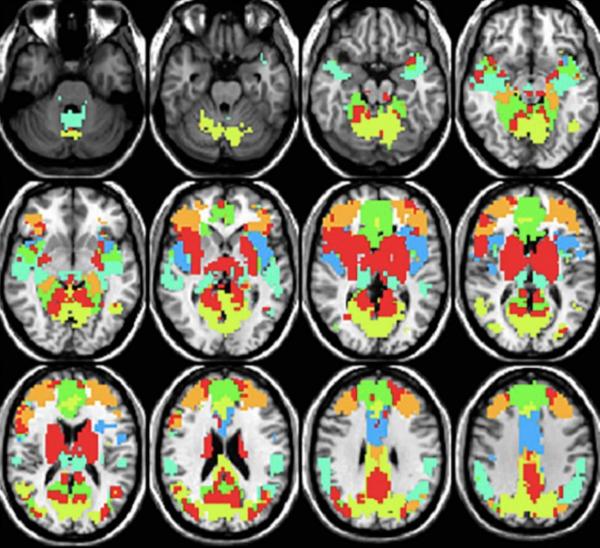Stress-Relieving Chemical Could Combat Alcohol Use Disorder
Targeting Brain’s Stress Circuitry Curbs Rats’ Alcohol Consumption
For social drinkers, alcohol brings to mind barbecues and bar-hopping with friends, but for the roughly 16 million Americans with alcohol use disorder (AUD), drinking is a source of significant stress. Unfortunately, those negative emotions — particularly those experienced during withdrawal — drive people with AUD to drink even more. A recent IRP study points to a potential way to curb the desire to drink in people who abuse alcohol by altering the behavior of a brain structure that governs negative emotions.

